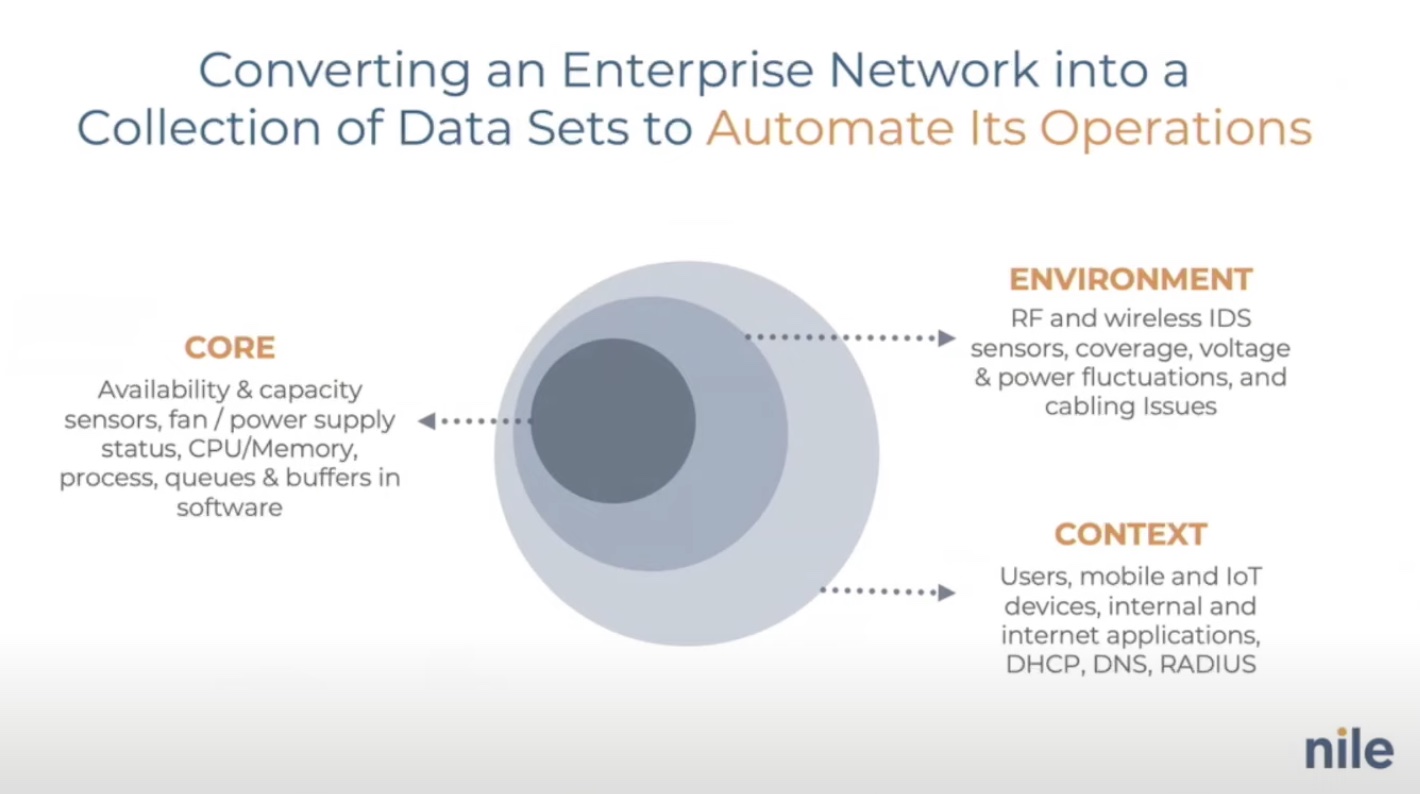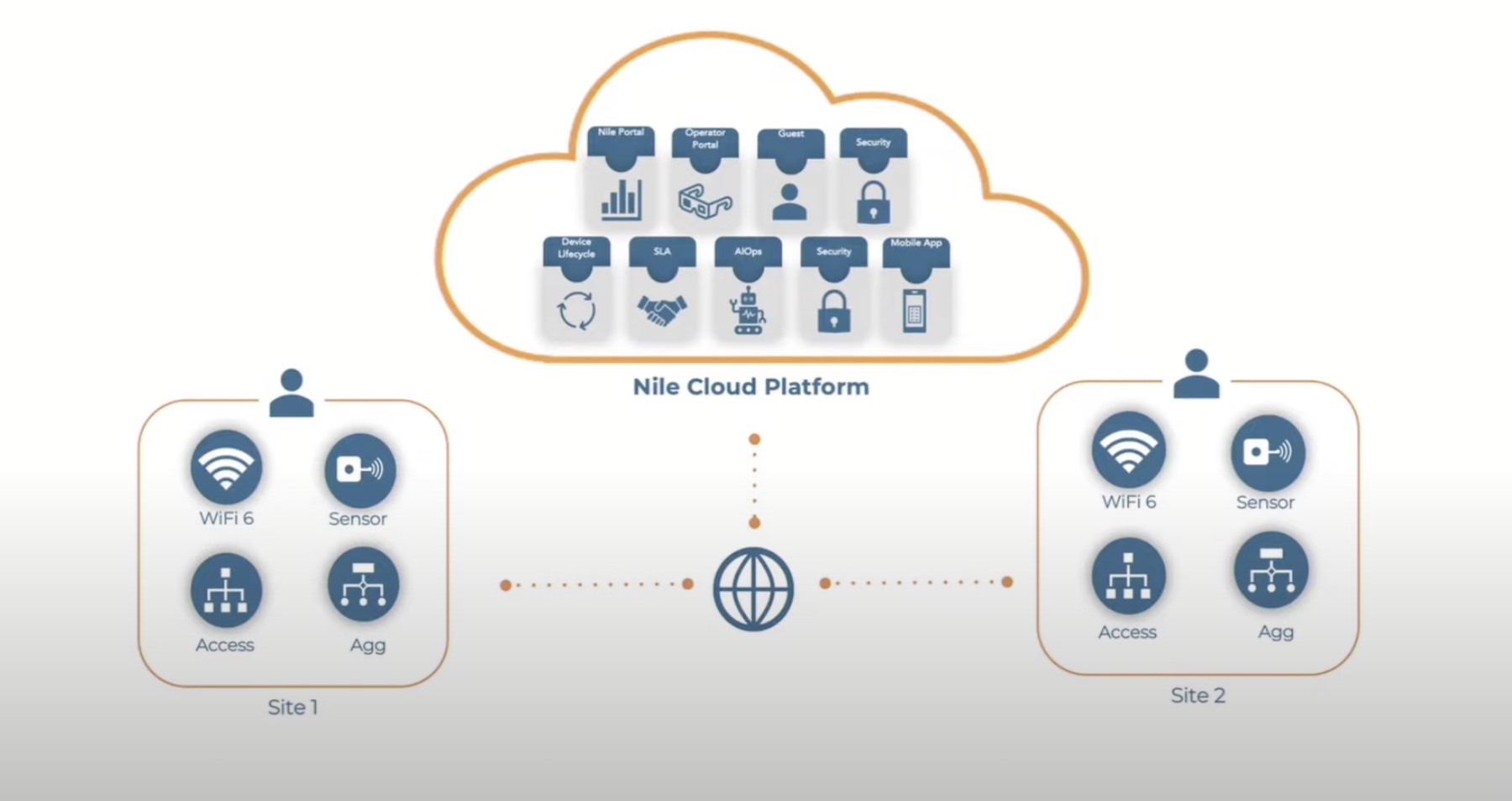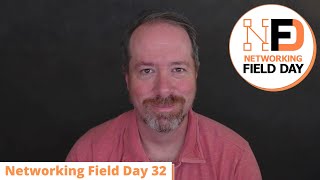Over three decades, big advances in networking have led the architecture from a foundational 3-tier switching infrastructure to AI-powered predictive troubleshooting. But each step of the evolution has also brought new headaches which have manifested at both the hardware and software levels.
The complexity of the modern network is not defined by how hard or easy the underlying tech is to use. More often, networking professionals are tripped by the sheer number of solutions in the network. The more products there are, the harder they have to work to manage the day-to-day operations.
“For the last 20 plus years, we’ve seen a lot of product-centric innovation. Every single problem that we discovered, whether it comes to wired security, wireless coverage, or integrated deployment management, we’ve thrown a new product at it. That has generally been the motto of innovation,” notes Suresh Katukam, Co-founder and CPO of Nile, at the Networking Field Day event where the company presented its newly unveiled solution architecture for the Nile Access Service.
A Slow-Burning Complexity Crisis
Today, a confounding number of self-contained technologies make up the network. Each of these solutions begets a brain-numbing number of overheads, learning curves and subscription costs. The complexity has reached a point where the human mind cannot handle it anymore.
“If you look at an enterprise networking portfolio, you will see multiple generations of products, each running its own software stack. Each software stack requires a different configuration or best practice guide,” Katukam points out. “Trying to stitch together these multigenerational products into an existing facility, you probably need some more instructions.”
The cycle of challenge further escalates the proliferation of services. “Ongoing software and maintenance require some support contract. If you don’t have the IT staff in your team, you might want to sign up to consulting and professional services from your favorite channel partner, or from your favorite vendor. And if you don’t have the capital budget, you might want to sign up for a network-as-a-service offer, maybe even go to a managed service provider.”
An Architecture Designed to Guarantee Network Performance
New enterprise networks must guarantee performance outcomes, but incremental product innovation does not necessarily lead to that. For Nile, the new requirements prompt building a next-gen network, but before that, a new solution architecture needs to be designed to deliver it.
“We think that the ten plus steps between innovation and realization are a bit much. We want to shrink that down,” says Katukam.
Nile’s vision to bridge the growing gap of innovation is fulfilled by bringing the principles of cloud delivery to networking. Like cloud, the Nile Access Service is offered as a service for easy consumption. It provides broad automation and observability by leveraging AI, and is zero-trust by design.
The Nile architecture guarantees connectivity, capacity and coverage, ensuring much improved quality of service (QoS). The solution constitutes the Nile Service Blocks that are each a group of physical Wi-Fi switches and access points. Variable in size, these blocks can integrate over ten products each, and can be consumed as a service.

The second component, the Nile Services Cloud provides deep and real-time observability of the health of the wired and wireless connectivity, and eliminates the potential for future problems. It takes actions predictively to remediate and optimize, ensuring the best state. All of this is covered under a service-level guarantee.
Nile automates the whole middle mile operations. It has automatic activation, and can perform lifecycle network operations.
“Software upgrades, end-of-life, end-of-support – we considered all of those aspects as part of the hardware and software so that all of those challenges are eliminated.”
The solution can identify atomic deviations, and resolve problems proactively, thereby greatly reducing the number of tickets and support workflows.
Nile is deployed on proprietary hardware and software. Nile owns and manages the entire fleet of products. It offers a no-touch software maintenance that eliminates the bulk of operational overheads. Management functions like software upgrades, patching and repair works are taken care of, by default.
Out-of-the-box, Nile offers two AI Apps -Nile Copilot and Nile Autopilot that take charge of things like installation, intent-based provisioning, and the manual functions of the network operations center.
“We have taken the configuration part and moved them into our hardware and software design such that it eliminates the need for you to configure the network level switches, APs, radios or protocols,” informs Katukam.
And unlike most products that have security slapped on as an afterthought, the Nile architecture has security woven into its design.
For more, be sure to check out Nile’s demos from the recent Networking Field Day event.




